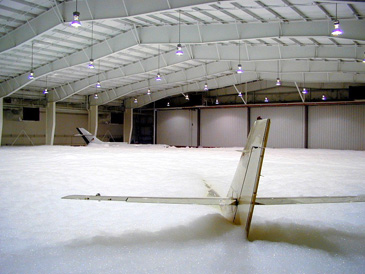Foam Systems
 Water based systems alone are not always a suitable solution to put out raging fires. Critical manufacturing and fossil fuel processes often involve combustible material and other high hazard items that could spread a large fire to unwanted locations within seconds. This is where foam suppression systems come in place. A system of this kind is useful in locations where fighting fires proves challenging, places such as airport hangars, loading racks, marine vessels and many more. In locations where Class B hydrocarbons and polar solvents are present, foam systems work by separating fuels from the air.
Water based systems alone are not always a suitable solution to put out raging fires. Critical manufacturing and fossil fuel processes often involve combustible material and other high hazard items that could spread a large fire to unwanted locations within seconds. This is where foam suppression systems come in place. A system of this kind is useful in locations where fighting fires proves challenging, places such as airport hangars, loading racks, marine vessels and many more. In locations where Class B hydrocarbons and polar solvents are present, foam systems work by separating fuels from the air.
Foam water systems use altered versions of wet, dry, deluge or pre-action systems. They are differentiated from other water based systems by the addition of tanks that hold foam concentrate, proportioners and valves that prevent the concentrate from interacting with the rest of the sprinkler system until activated. The systems works by injecting a foam concentrate mixture into water based system providing a form of blanket for the raging fire.
Proportioners can take the form of bladder tanks, as well as a variety of ratio controllers designed to ensure that the correct amount of foam concentrate is mixed with the water. Firefighting foam is made by mixing 1% - 3% or 6% of concentrate (depending on the type of foam in use) with foam-water mix, then aspirating it to produce fluid foam able to easily cover dangerous liquid substances. The resulting foam is comprised of small bubbles of air, giving it less density than water, oil or gasoline.
Using the right type of foam to fight a specific fire is essential and depends on the nature of the fire. Foam can be chosen for its high expansion, long duration, and vapor suppression characteristics, among others. Both bladder tank and pump water sprinkler systems use proportioners to maintain a sufficient water pressure that also ranges according to foam choice. They then pipe the resulting concentrate to the sprinklers (or other discharge device).


